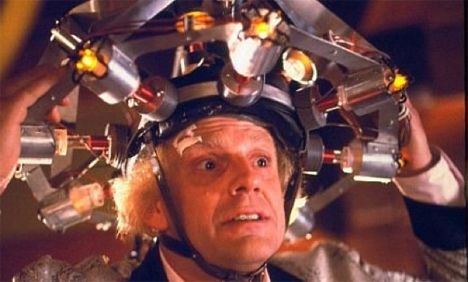FreqFlyrJr
Pre-Flight
Evening everyone! I'm a CFI-I at a popular school in the Mississippi area. Recently we got a new flight instructor in who has about the same experience as I have, but different ideas on appropriate procedures. I'll give you the scenario, and I'd like to hear what each of you thinks about the situation.
Here's the scenario:
Here's the scenario:
You're on an ILS approach to an airport whose minimums are 200'. The Touchdown Zone Elevation is 0' MSL. At approximately 200', you see the lights of the threshold, so you continue to descend to 100'. Given that you do not make visual contact with the required markings/lights prescribed in 91.175(l), when do you go missed?
Here are the two opinions that we differ on:
1) The pilot should be keeping time of the ILS (from the FAF as prescribed on the chart). After descending to 100', the pilot should maintain 100' until the time is up, then execute his/her missed approach.
2) The pilot is not required to keep the time of the ILS. After descending to 100', the pilot should decide if he/she has the proper visibility, markings, or lights to proceed past 100'. If they do not, the pilot should immediately go missed after reaching 100' because they are already passed the DH, effectively making 100' the new DH.
I'll chime in with which opinion I support later on in the discussion. I look forward to seeing what you all think about this scenario, and any FAR references you can make.2) The pilot is not required to keep the time of the ILS. After descending to 100', the pilot should decide if he/she has the proper visibility, markings, or lights to proceed past 100'. If they do not, the pilot should immediately go missed after reaching 100' because they are already passed the DH, effectively making 100' the new DH.

